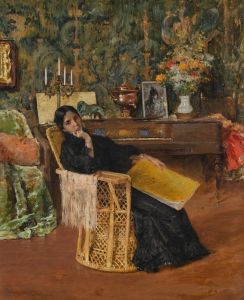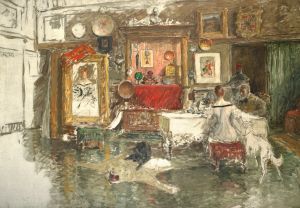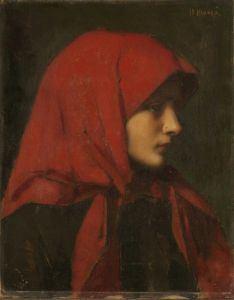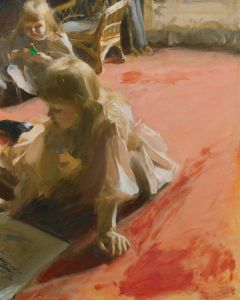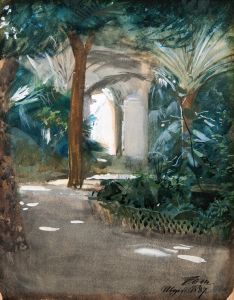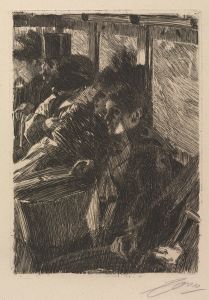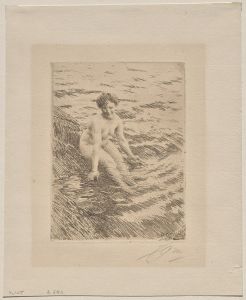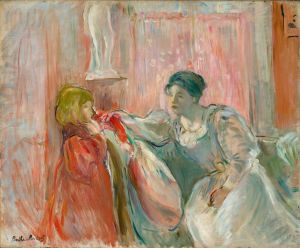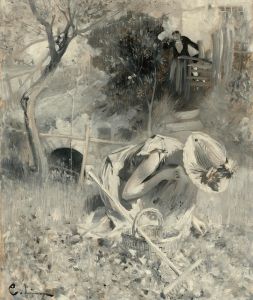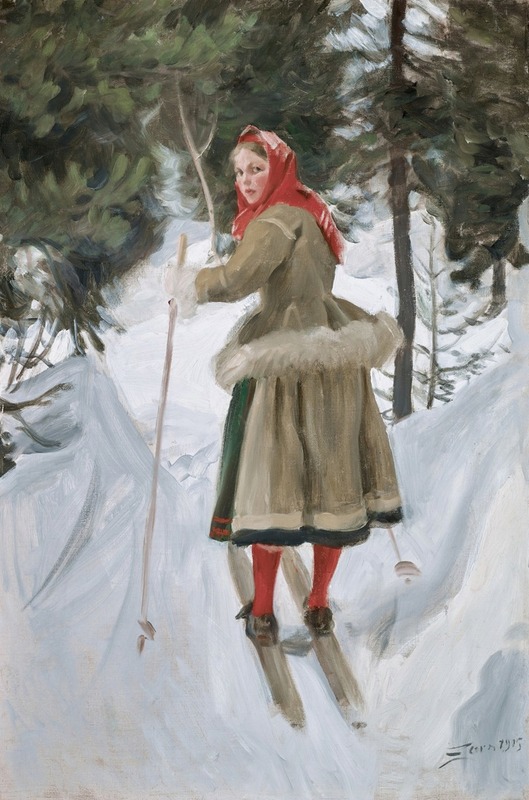
Girl from Mora
A hand-painted replica of Anders Zorn’s masterpiece Girl from Mora, meticulously crafted by professional artists to capture the true essence of the original. Each piece is created with museum-quality canvas and rare mineral pigments, carefully painted by experienced artists with delicate brushstrokes and rich, layered colors to perfectly recreate the texture of the original artwork. Unlike machine-printed reproductions, this hand-painted version brings the painting to life, infused with the artist’s emotions and skill in every stroke. Whether for personal collection or home decoration, it instantly elevates the artistic atmosphere of any space.
"Girl from Mora" is a painting by the renowned Swedish artist Anders Zorn (1860–1920), one of the most celebrated painters of his time. Zorn was known for his mastery in various mediums, including oil painting, watercolor, and etching, as well as his ability to capture light and texture with remarkable skill. His works often depicted scenes from Swedish rural life, portraits of prominent figures, and nudes, showcasing his versatility and technical brilliance.
This particular painting, "Girl from Mora," reflects Zorn's deep connection to his hometown of Mora, located in the Dalarna region of Sweden. Mora and its surrounding areas served as a significant source of inspiration for Zorn throughout his career. The painting portrays a young woman from Mora, dressed in traditional Swedish folk attire, a subject that Zorn frequently explored in his works. The artist had a strong interest in preserving and celebrating Swedish cultural heritage, and his depictions of local customs, costumes, and people played a key role in this effort.
Zorn's ability to capture the essence of his subjects is evident in "Girl from Mora." The painting demonstrates his characteristic use of light and shadow, as well as his attention to detail in rendering the textures of fabric and the natural surroundings. The young woman's expression and posture convey a sense of quiet dignity, reflecting Zorn's respect for the people of his homeland.
While the exact date of the painting's creation is not specified, it is consistent with Zorn's broader body of work, which often focused on rural life in Sweden during the late 19th and early 20th centuries. Zorn's paintings of this period are notable for their realism and their ability to evoke a sense of place and atmosphere.
Anders Zorn's contributions to Swedish art and culture have left a lasting legacy. Today, many of his works, including "Girl from Mora," are housed in museums and private collections around the world. The Zorn Museum in Mora, Sweden, dedicated to the artist's life and work, holds an extensive collection of his paintings, drawings, and personal artifacts, offering insight into his artistic journey and his enduring connection to his roots.
This painting is a testament to Zorn's skill as a portraitist and his dedication to capturing the spirit of Swedish rural life. Through works like "Girl from Mora," Zorn not only documented the traditions of his homeland but also elevated them to the realm of fine art, ensuring their preservation for future generations.






